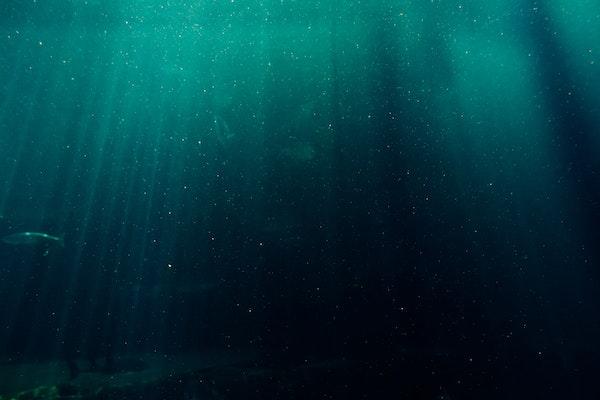Protist Impacts on Marine Cyanovirocell Metabolism

A study was recently published online in the journal ISME Communications titled Protist impacts on marine cyanovirocell metabolism, shedding light on how some carbon cycling works in the oceans as it relates to microbial interactions.
Cristina Howard-Varona, is first author and a research scientist in microbiology at The Ohio State University, while the co-senior author of this study is Matthew Sullivan, professor in the Department of Microbiology, the Department of Civil, Environmental and Geodetic Engineering, the Department of Evolution, Ecology and Organismal Biology, founding director of Ohio State’s Center of Microbiome Science and principal investigator at Byrd Center.
The researchers studied certain type of ocean bacteria that absorb carbon dioxide from the air and observed they required more carbon when infected by viruses and in the proximity of protists, single-celled predator organisms. The researchers mimicked ocean-like conditions, observing certain viruses infect their hosts, cyanobacteria. Subsequently, when protists were introduced to the mix, significant change in gene expression and metabolic changes were seen in the resulting cyanovirocell, when compared against controls. Some changes were attributed to the infecting viruses inside the bacteria, suggesting the presence of the predator could influence the cyanovirocell. In addition to a whole different metabolism and lifespan, the cyanovirocells had altered behavior, releasing metabolism-related nutrients into the water, which were consumed by the protists.
Understanding how carbon cycling in the ocean works and the role viruses play is essential partly because these microbes absorb half of the human-generated carbon dioxide from the atmosphere and produce half of the oxygen we breathe.
This research was performed in collaboration with other researchers at Ohio State, Wake Forest University, Lawrence Berkeley National Laboratory, and the University of Arizona.
You can read more online at Ohio State News under an article titled Attack on 2 fronts leads ocean bacteria to require carbon boost.
